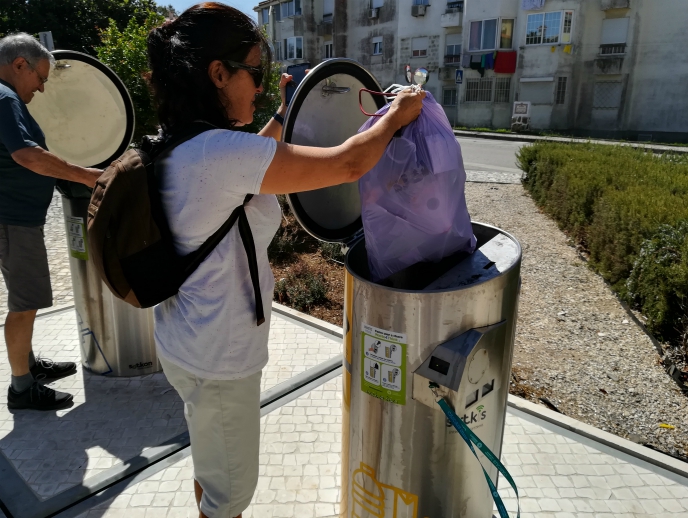The sky seen from Europe
Today's success of European astronomy is based on previously scattered resources that have been brought together in the service of exciting discoveries. Thanks to multilateral partnerships like the European Southern Observatory (ESO) and the European Space Agency (ESA), astronomers have discovered hundreds of planetary systems around stars. The exploration of our solar system has taken humankind to exotic worlds like Saturn and its moons. Given the scale and projected cost of proposed new infrastructures, their choice needs to be based on the scientific priorities of all key European actors in the field. Their construction and operation should also rely on an agreed plan for the optimal deployment of Europe's financial and human resources. This was the mission of the EU-funded initiative 'Coordinating strategic planning for European astronomy' (ASTRONET)(opens in new window). ASTRONET was awarded a Seventh Framework Programme (FP7) grant to establish a permanent mechanism for planning and coordinating European astronomy for the next 25 years. This will cover scientific topics from the solar neighbourhood to the limits of the observable Universe. ASTRONET engages all astronomical communities and funding agencies to build a shared knowledge of information on financial and human resources for astronomy in all European countries. The groundwork had already been laid with the 'Science vision for European astronomy' and 'Infrastructure roadmap' on which all major funding agencies agreed in 2007 and 2008. Both documents were very comprehensive but needed to be updated to cover radio astronomy and projects such as the Cherenkov Telescope Array (CTA). In addition, ASTRONET is consolidating proposals for associated technologies and, in particular, virtual observatories for data mining and large-scale computing facilities. Possibilities for future integration of Central and East European countries into the European astronomy community have also been explored. The first step forward in this direction was to assess the status and activities of astronomical communities in Bulgaria, Croatia, Czech Republic, Estonia, the former Yugoslav Republic of Macedonia, Hungary, Latvia, Lithuania, Poland, Romania, Serbia, Slovakia and Ukraine. By addressing long-term scientific goals, infrastructure needs and human resource management, ASTRONET will strengthen the position of European astronomy as a front-line player in the field.







